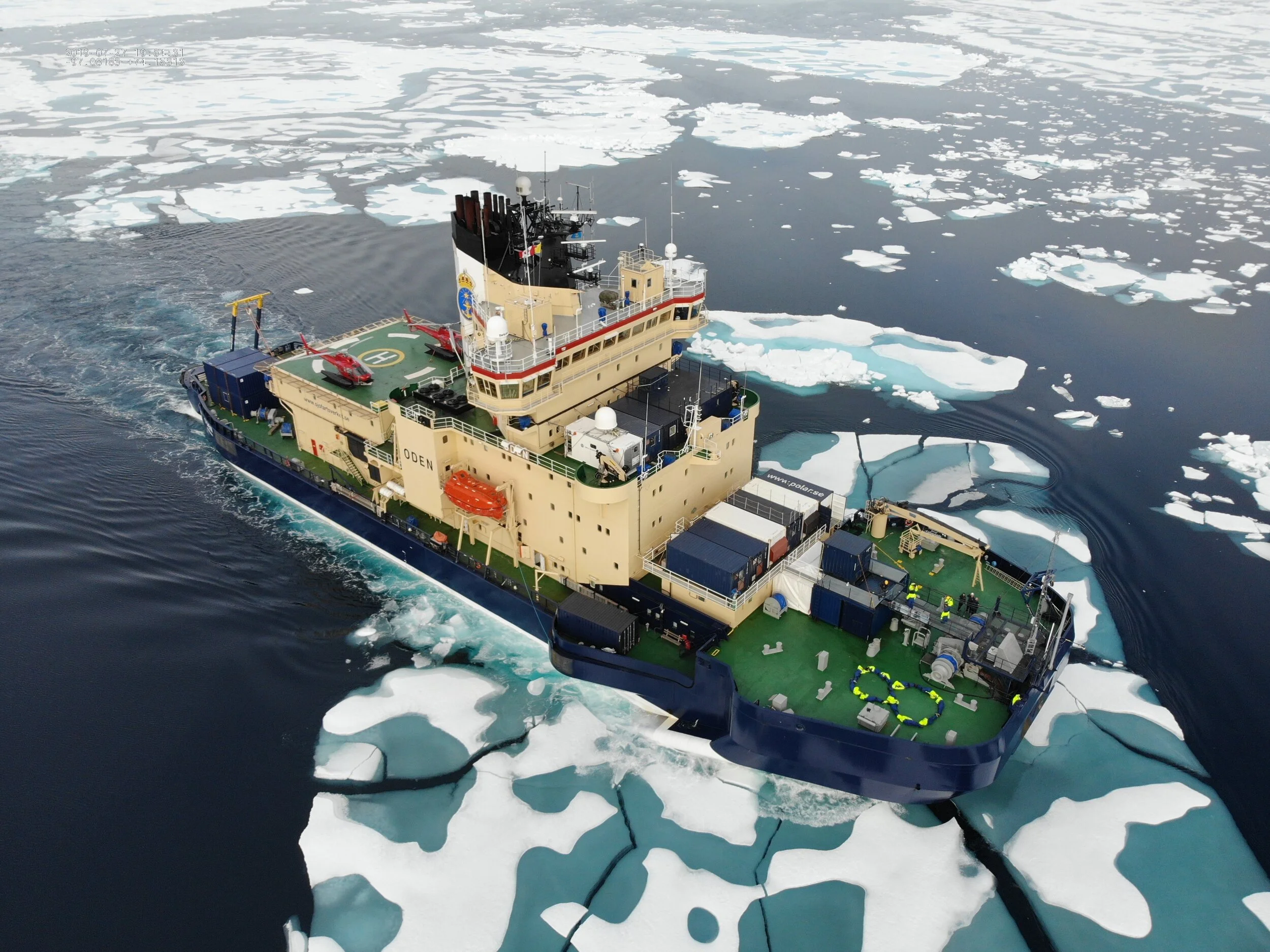The Northwest Passage Project: Exploring a Changing Arctic
Rose Santana
Marine biologist Rose Santana had the opportunity to travel to the Northwest Passage last summer. She tells us about her adventures and scientific findings in a changing Arctic ecosystem. From micro to macro, this environment is facing many rapidly changing systems. This expedition gave many young marine biologists and ocean change-makers the chance to study these ecosystems to help implement future strategy.
The Northwest Passage Project (NWP) was a 21-Day interdisciplinary effort between the University of Rhode Island, the David Clark, Inc. film company, and five other Minority Serving Institutions across the U.S. While the purpose of NWP was to explore the changing Canadian Arctic, we did so much more than that. We came to really understand this ecosystem and why it is so important.
Photo: Rose Santana
It is important for people everywhere on Earth to see and understand how this region affects all of us. The area’s meltwater, water circulation, and exchange of greenhouse gases are causing wide-scale environmental and climatic changes. These changes increasingly impact people and biodiversity around the world.
The Expedition
The expedition took place for about three weeks starting mid-July of 2019. Although it didn’t seem like a long time, a lot of work can get done with 24-hours of daylight. There were four primary scientific teams working around the clock, focusing on:
Water mass properties and circulation inside the Canadian Arctic Archipelago
Water column chemistry affecting greenhouse gas fluxes
Microscopic communities in transition
Distributions of marine birds in Canadian Arctic Waters
Photo: Rose Santana
Studying a Changing Climate
The physical oceanography group worked to understand the water mass properties and circulation inside the Canadian Arctic Archipelago (CAA). They investigated the increased freshwater storage and export from the upper Arctic Ocean due to a warming Arctic.
An increase in melting ice, river discharge, and changing wind patterns has increased freshwater accumulation in the western Arctic. The CAA, and particularly the Northwest Passage, is one of the principal conduits for freshwater transport from the Arctic Ocean to the North, so understanding how this was going to be affected was critical.
Sea Ice Exploration
The team also used Remotely Operated Vehicles (ROVs) and Drones in their free time to study the formation of sea ice and compare it with satellite imagery. Possibly one of the most interesting things the group accomplished was flying out to an ice floe on a helicopter and deploying the ROV underneath the ice. Here they were able to capture images of different types of algae growing underneath the ice.
Photo: Rose Santana
Another great discovery was made by the ‘Microscopic Communities’ Team, who discovered micro plastics frozen in ice core samples. Suddenly, what had appeared to be pristine, white ice was discovered to be contaminated. It was a sad thought to take home.
Photo: Rose Santana
Communities
Personally, the most valuable thing we learned about were the indigenous Arctic communities, especially since we had two members of the Inuit communities on our team. The Inuit are indigenous communities inhabiting the Arctic regions of Greenland, Canada and Alaska. We learned about their culture, how they have always relied on the ice and how they have documented the changes in the Arctic through their traditional knowledge that has been passed down from their elders.
Photo: Rose Santana
Biodiversity
We saw many animal species such as polar bears, narwhals, whales; including belugas, various species of seals and marine birds. The changing climate and decreasing sea ice are a threat to the long-term survival of these animals, making it even more important to study these ecosystems.
Photo: Rose Santana
The Northwest Passage Project was a combination of understanding what is happening in the Arctic from an interdisciplinary lens. We studied arctic life all the way from the microscopic plankton, to the people that inhabit the land. The science was only a tool to help us understand this, rather than the main goal itself. The goal was always to understand how the Arctic is being affected by climate change and global warming and this expedition aimed to understand this by incorporating the science being done from an oceanography perspective, but also by including traditional knowledge from the Inuit community, humanities perspectives, and journalists. We had a diverse group of experts from all of these fields offering their input.
Photo: Rose Santana
Ultimately, this research project will be seen in the documentary ‘Frozen Obsession’, which was filmed and produced by David Clark during the expedition, so everyone can see how truly breathtaking this ecosystem is! To say that being a part of this expedition changed my life is an understatement. I’ve always seen things through the lens of a scientist, but this was the first time I actually stopped to think about how people are so dependent on these ecosystems that we are destroying. Ironically enough, we all found out that our communities have faced many similar struggles due to climate change despite the fact that we were all from different parts of the world. We only have one Earth and it’s all of our jobs to protect it.
If you’ve enjoyed this article from Rose Santana, you can follow her on Instagram @scie.co
Want to write for us? Check out our ‘Get Involved’ section







